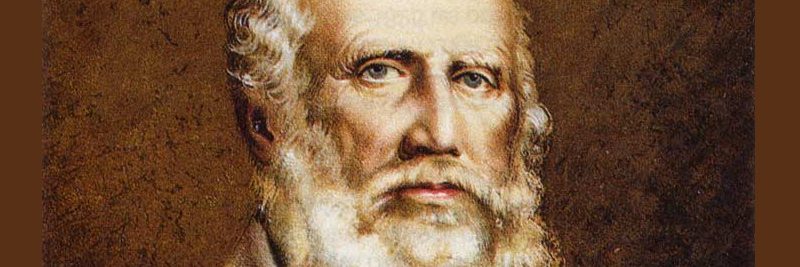The triple beam balance may not be a tool that many have heard of before, but it is one of the most critical tools there is to determine the mass of samples. It is rugged and in expensive and carries this name because it has three weights on three beams that register mass. The weight on the first beam reads up to 10g, while the second beam registers weight only in 10g increments. The final beam weighs only in 100g increments. Its invention is credited to Friedrich Ludwig Jahn.
Just Who Is Friedrich Ludwig Jahn?
Born in 1778, Jan was born in Lanz. His first interests included theology and philology, which is the study of languages that are in historical sources that have been written, such as a record or a literary text. He joined the Prussian army in 1806, but then three years later joined a school in Berlin where he became a teacher in their gymnasium and for a brief spell, tried to forget about the fact that there was still a war going on.
It is there, as a teacher, that he created what is considered his most famous invention: gymnastics. The sport of gymnastics came about as a way to counter the problems that Jahn saw with his people during the conquests of Napoleon. He wanted to give them an outlet where they could develop their “moral and physical powers” and so the first open-air gymnasium was created in 1811.
What Else Did Jahn Invent?
Just two years after Jahn opened his first gym, he was actively involved in the formation of the Lutzow Free Corp, which was a group of volunteers from the Prussian Army that were specifically created to fight Napoleon. Given the nickname of the “Black Hunters,” this unit became quite famous because it was the only one that incorporated people from all over the German states. The colors of their uniforms became symbols of nationalist pride.
Jahn also made popular a motto that was designed to rally his people around the efforts to defeat Napoleon. It is simple and made up of just four words: “fresh, pious, cheerful, and free.” He was a very outspoken man and this often led him to be seen as a troublemaker by local authorities during the later years of his life. His goal was to create a united Germany and this caused him to be arrested by Prussian authorities. He was even exiled at one point in his life, forbidden to live within 10 miles of Berlin, and was charged with sedition.
Yet in the waning years of his life, Jahn was also decorated by the Prussian government because of his work during the Napoleonic wars. In the final years before he died, he was even elected to the German National Parliament. There are several books that are attributed to him, but his contributions to gymnastics in the use of parallel bars, the high bar, and the rings can still be seen today.
Strong proponent of individual liberty and free speech. My goal is to present information that expands our awareness of crucial issues and exposes the manufactured illusion of freedom that we are sold in America. Question everything because nothing is what it seems.




















